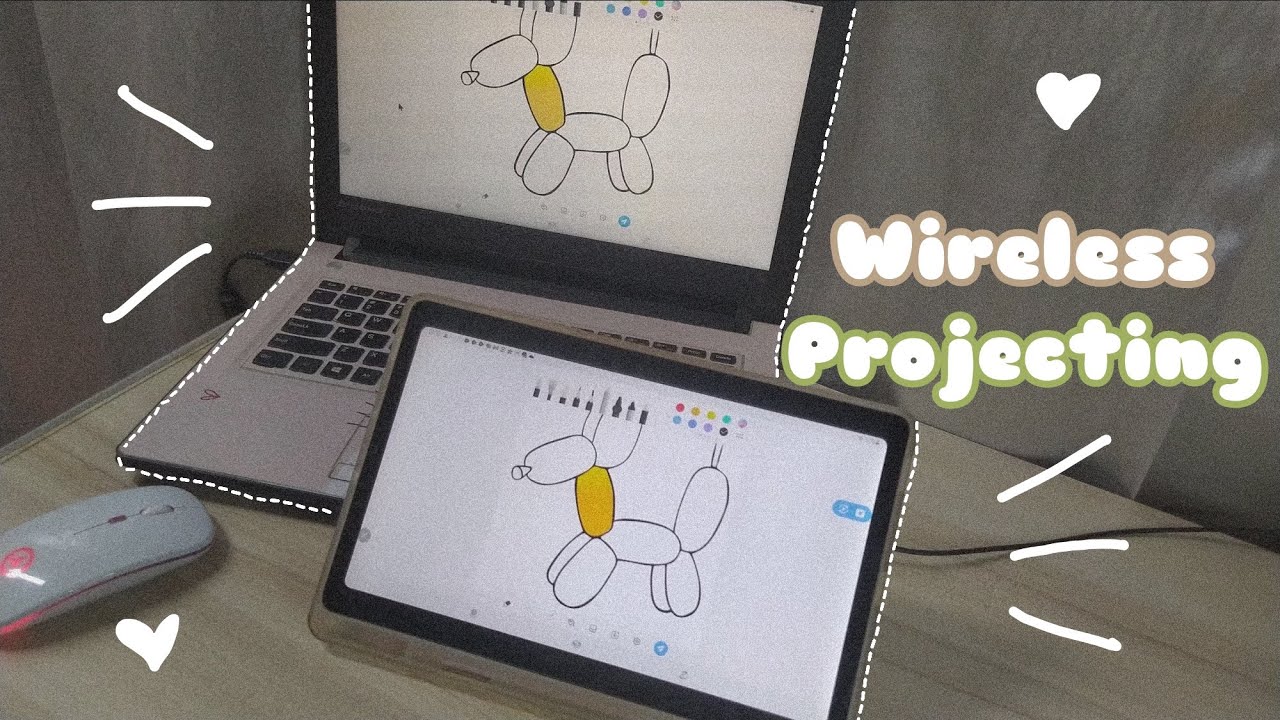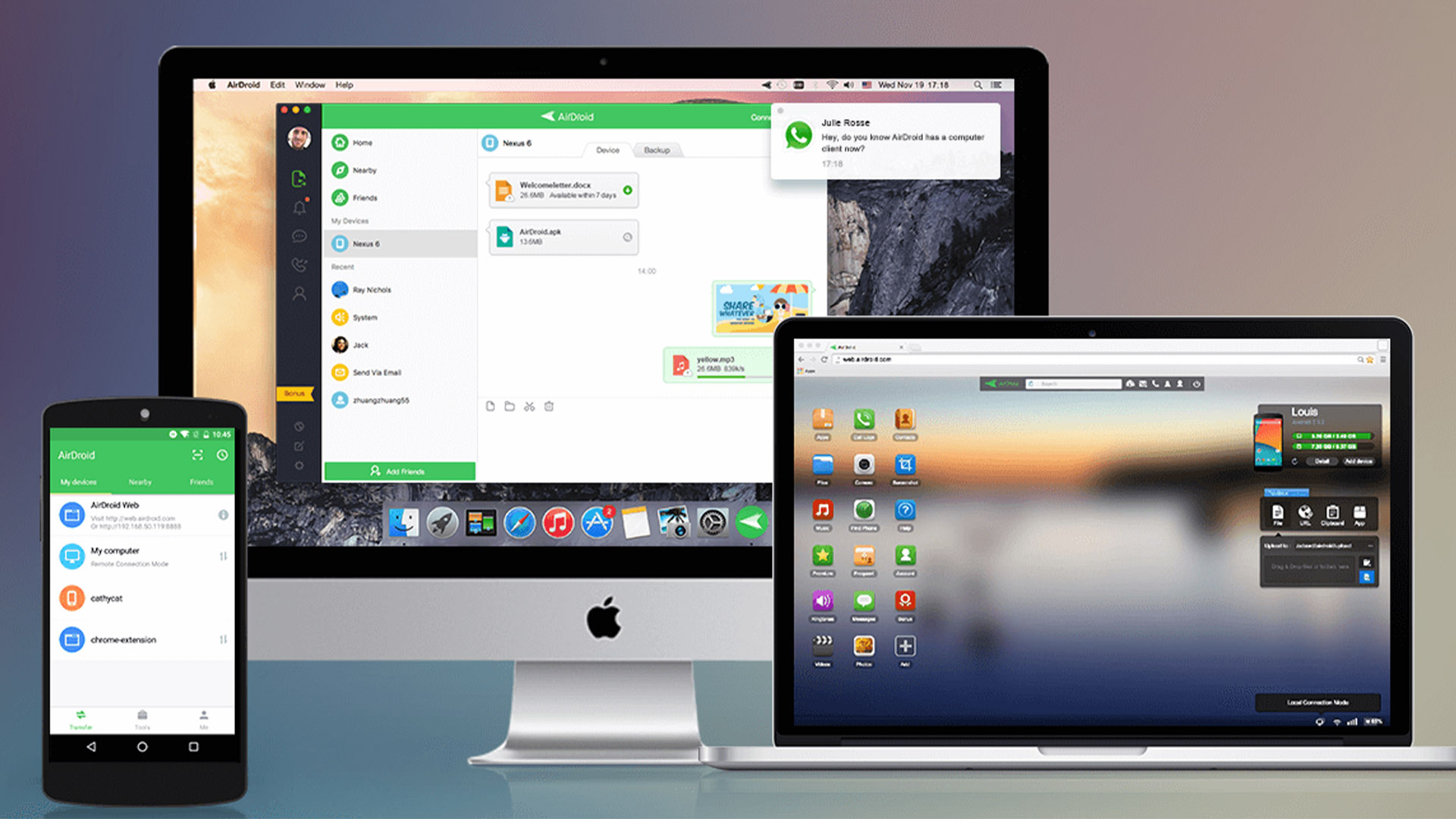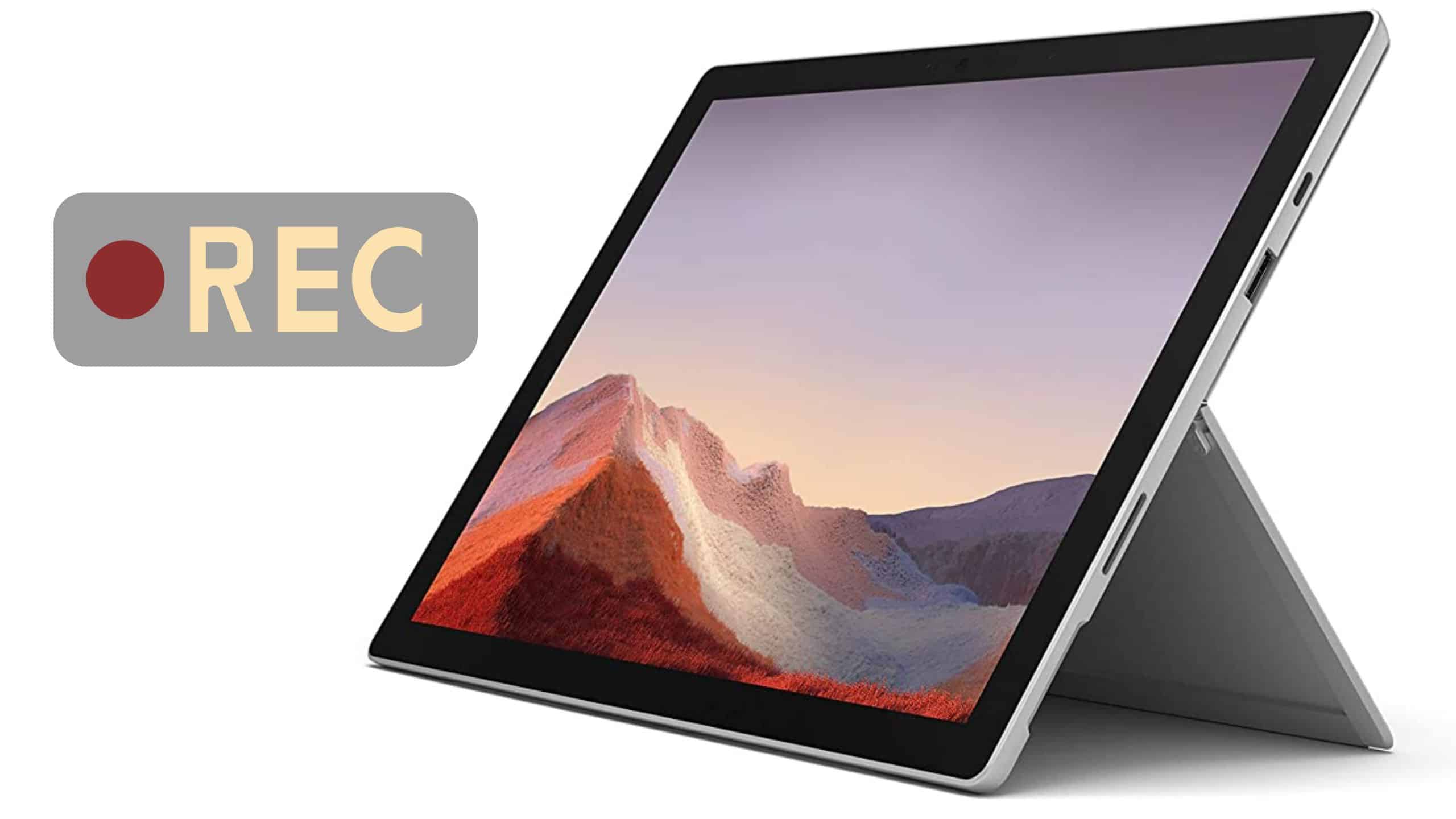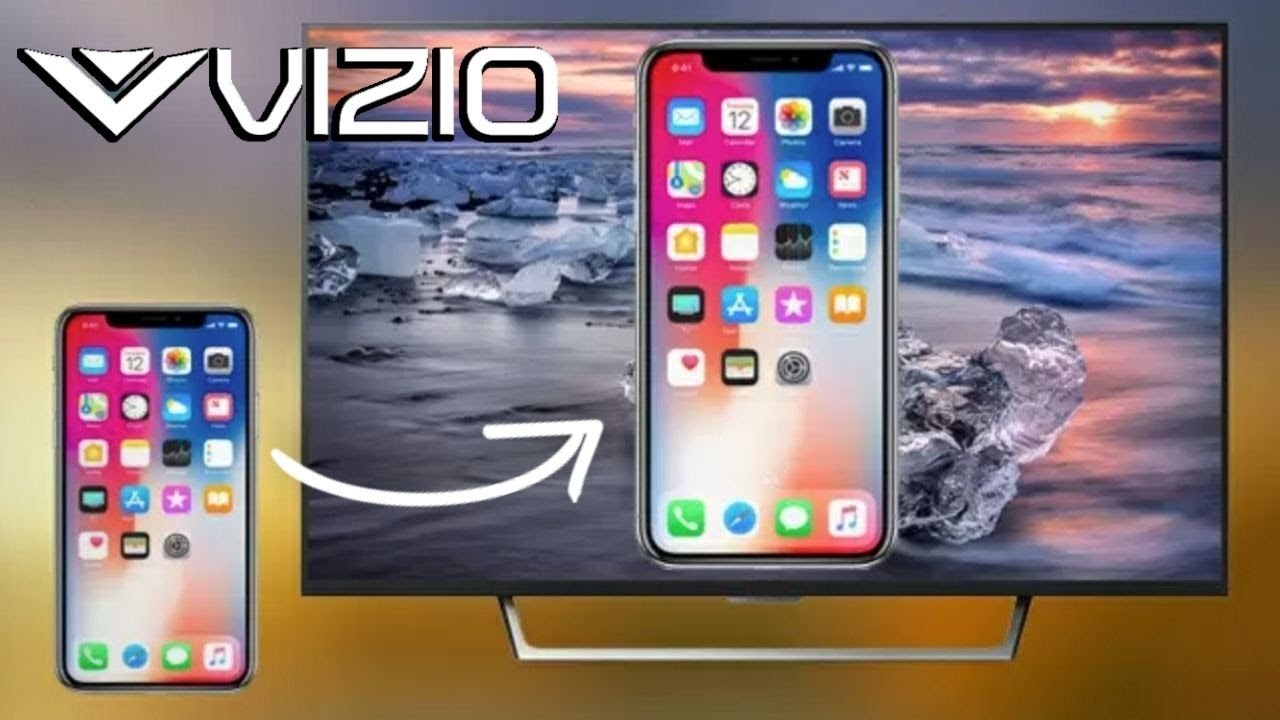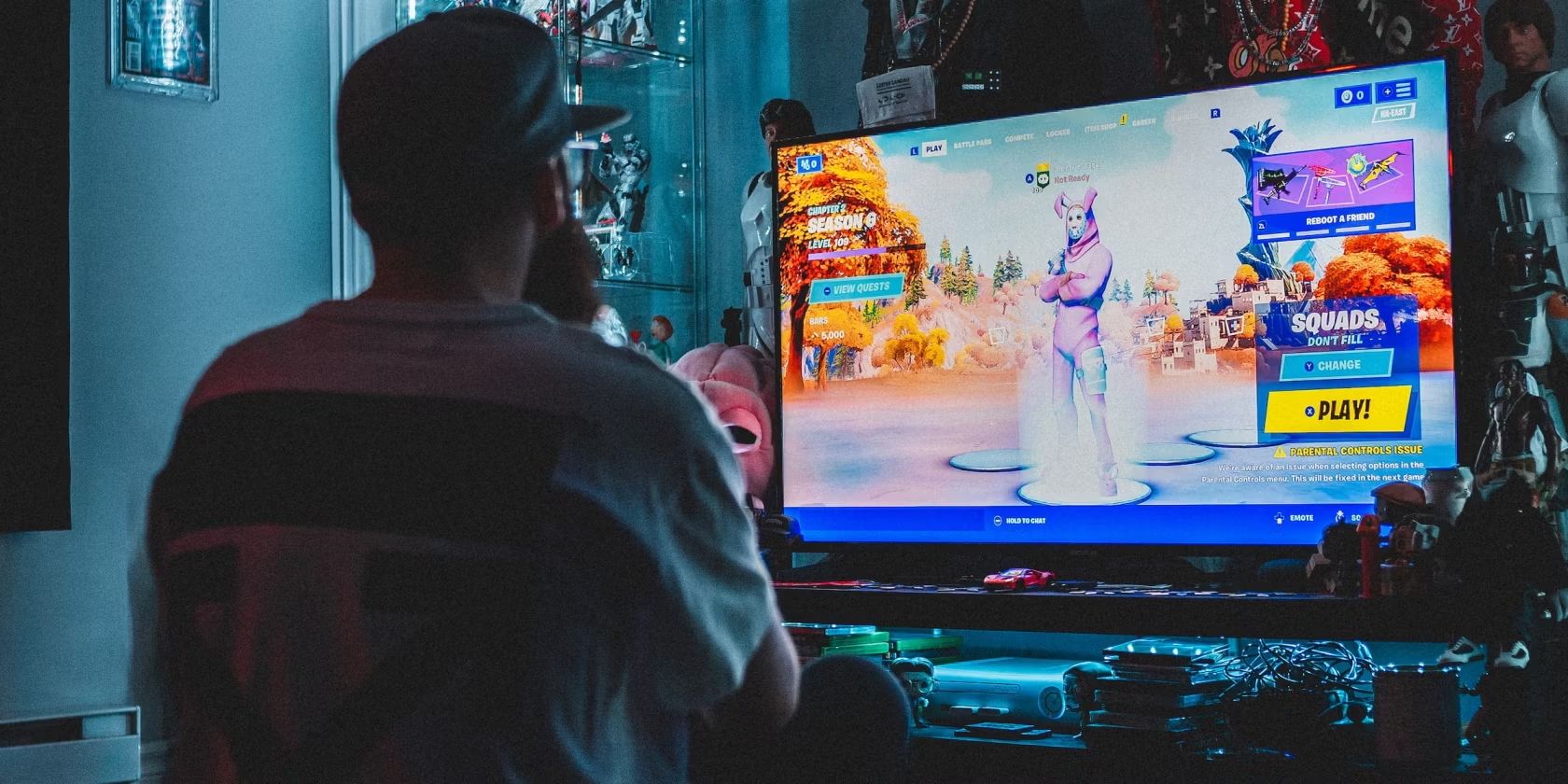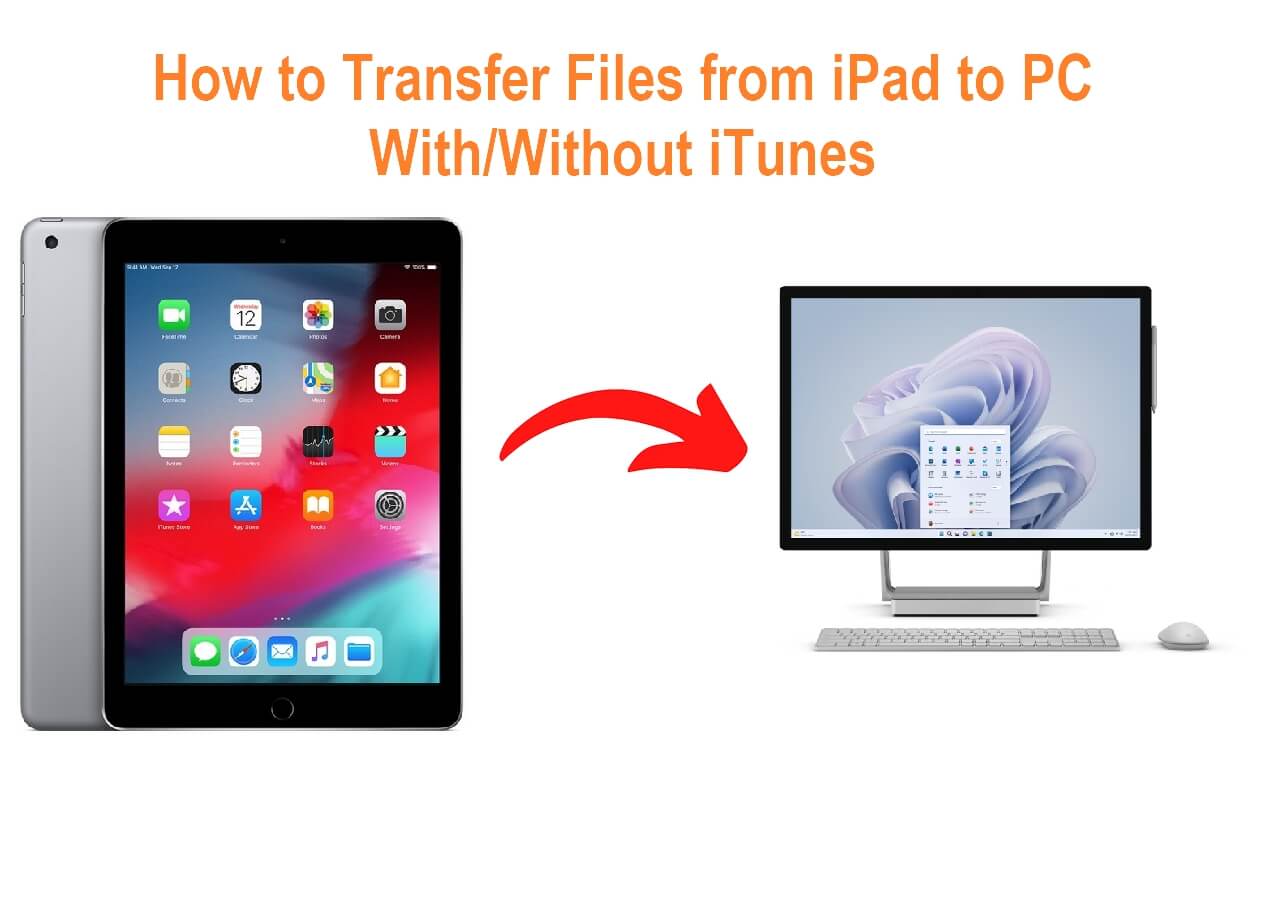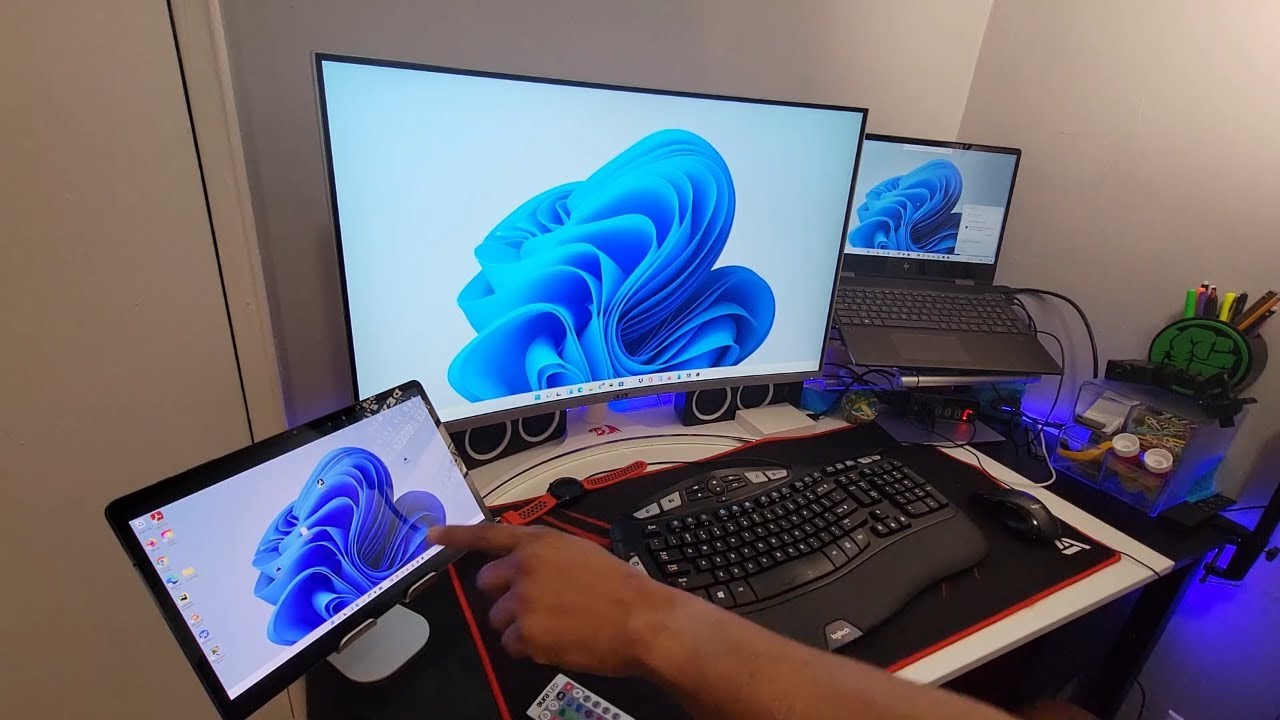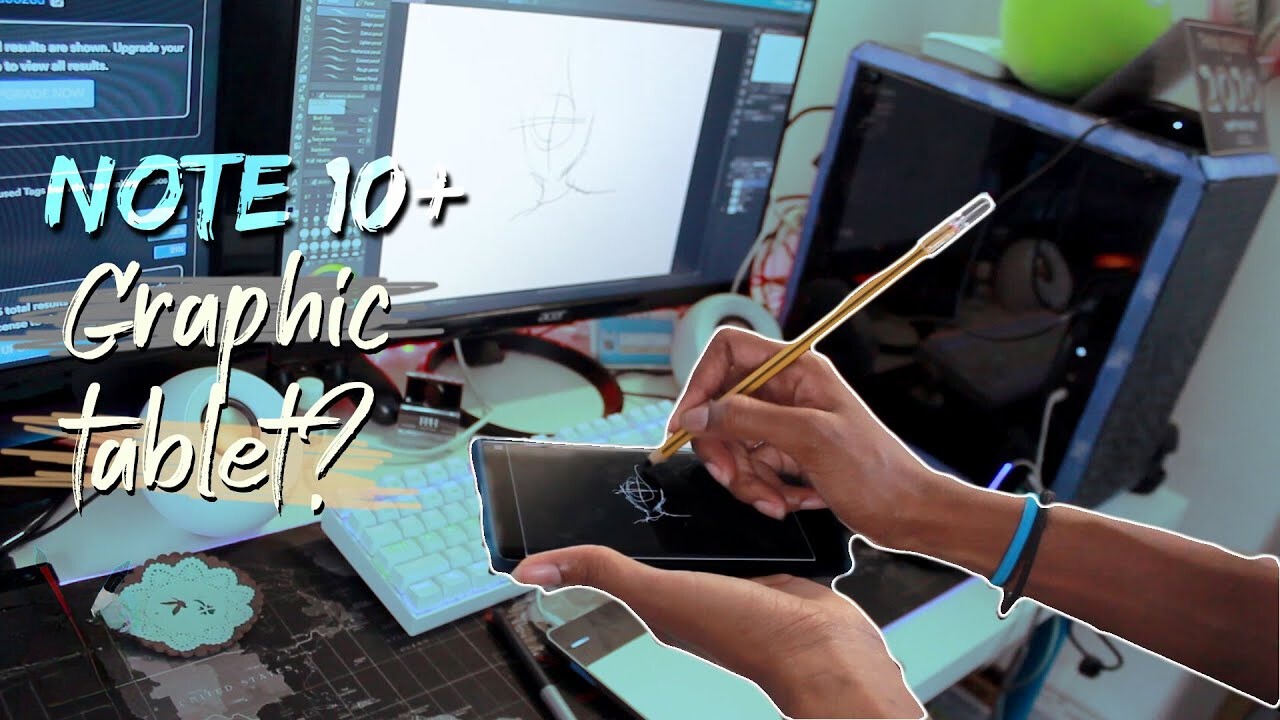Introduction
Welcome to the world of technology, where seamless connectivity and the ability to share screens across multiple devices has become an essential feature. With tablets becoming increasingly popular due to their portability and versatility, the ability to share the tablet screen with a PC has become a necessity for many users.
Whether you want to share a presentation, stream videos, play games, or simply mirror your tablet screen on a larger display, there are several methods available to achieve this goal. In this article, we will explore different ways to share your tablet screen with a PC, catering to various preferences and requirements.
Before diving into the methods, it’s essential to understand the concept of screen sharing. Screen sharing is the process of displaying your tablet’s screen on another device, in this case, a PC. By doing so, you can utilize the larger, high-resolution screen of your PC to enhance your viewing experience or perform tasks that require a larger display.
Now, let’s explore the different methods to share your tablet screen with a PC:
Understanding Tablet Screen Sharing
Before you can select the appropriate method to share your tablet screen with a PC, it’s important to have a clear understanding of how this process works. Tablet screen sharing typically involves transmitting the visual output and audio from your tablet to the PC, allowing you to view and control the tablet’s screen on a larger display.
There are several benefits to sharing your tablet screen with a PC. It allows you to enjoy a more immersive viewing experience, particularly when watching videos or playing games. Screen sharing also enables you to utilize the computing power and capabilities of your PC while still accessing your tablet’s apps and files.
When sharing your tablet screen, keep in mind that it requires a stable and reliable connection between your tablet and PC. This can be achieved using various connectivity options such as HDMI cables, wireless protocols like Miracast, USB connections, or third-party apps. The method you choose will depend on the compatibility of your tablet and PC, as well as the available hardware and software options.
It’s worth noting that tablet screen sharing is not limited to mirroring the display. Some methods also allow for extended displays, where you can use the PC as a secondary monitor, giving you the flexibility to multitask or work with multiple screens simultaneously.
Additionally, tablet screen sharing opens up possibilities for collaboration and sharing content with others. Whether you’re in a meeting, delivering a presentation, or working on a project, being able to share your tablet screen with others can enhance communication and productivity.
Now that you have a better understanding of tablet screen sharing, let’s delve into the various methods you can use to share your tablet’s screen with a PC.
Method 1: Using HDMI Cable
If your tablet comes equipped with an HDMI port and your PC has an HDMI input, using an HDMI cable is one of the simplest and most straightforward methods to share your tablet screen with a PC.
To get started, you’ll need an HDMI cable that is compatible with both your tablet and PC. Most modern tablets have either a micro HDMI port or a USB-C port that supports HDMI output. In case your tablet doesn’t have an HDMI port, you may need an HDMI adapter that is compatible with your tablet’s specific port.
Here are the steps to connect your tablet to a PC using an HDMI cable:
- Ensure that both your tablet and PC are powered off.
- Connect one end of the HDMI cable to the HDMI port of your tablet.
- Connect the other end of the HDMI cable to the HDMI input port on your PC.
- Power on both devices.
- On your PC, open the display settings to detect the external monitor. This can usually be done by right-clicking on the desktop and selecting “Display Settings” or a similar option.
- Select the appropriate display option, such as “Duplicate” to mirror your tablet screen or “Extend” to use the PC as an extended display.
- Adjust the screen resolution and other display settings as desired.
- You should now see your tablet screen displayed on the PC’s monitor.
Using an HDMI cable provides a reliable and high-quality connection, ensuring minimal latency and optimal visual performance. However, keep in mind that this method requires a physical connection between your tablet and PC, limiting the mobility and flexibility compared to wireless options.
Now that you’re familiar with using an HDMI cable, let’s explore another method to share your tablet screen with a PC.
Method 2: Using Miracast
If your tablet supports wireless screen mirroring, one convenient option to share your tablet screen with a PC is to use Miracast. Miracast is a wireless display standard that allows you to stream the contents of your tablet screen to a Miracast-enabled device, such as a PC.
Before you begin, ensure that both your tablet and PC support Miracast. Most modern tablets running on Android or Windows platforms have built-in Miracast support. On the PC side, check if your computer has the necessary wireless hardware and software capabilities to connect using Miracast.
Here are the steps to use Miracast to share your tablet screen with a PC:
- On your tablet, swipe down from the top edge of the screen to access the Quick Settings panel or go to Settings and locate the Display or Screen Mirroring option.
- Enable the Miracast or Screen Mirroring option. Your tablet will start searching for available Miracast-enabled devices.
- On your PC, ensure that the wireless adapter is turned on and supports Miracast.
- Open the Action Center on your PC by clicking on the notification icon in the system tray or by pressing the Windows key + A.
- Click on the “Connect” button, which should display a list of available wireless display devices.
- From the list, select your tablet or the Miracast device that represents your tablet.
- Once connected, your tablet’s screen will be mirrored on the PC’s display. You can now interact with your tablet using your PC’s keyboard and mouse.
Miracast offers the advantage of wireless connectivity, eliminating the need for cables. It provides flexibility and freedom of movement, allowing you to control your tablet from a distance. However, keep in mind that Miracast performance may vary depending on the distance between devices, wireless signal strength, and any potential interference.
Now that you’re familiar with using Miracast to share your tablet screen with a PC, let’s explore another method.
Method 3: Using USB Connection
If you prefer a wired connection for sharing your tablet screen with a PC, using a USB connection is a reliable and straightforward method. This method allows you to establish a direct connection between your tablet and PC using a USB cable.
To use a USB connection for screen sharing, you’ll need a USB cable that is compatible with your tablet and PC. Most tablets use either a micro USB or USB-C port for charging and data transfer, while PCs typically have USB-A or USB-C ports.
Here are the steps to share your tablet screen with a PC using a USB connection:
- Ensure that both your tablet and PC are powered off.
- Connect one end of the USB cable to the USB port of your tablet.
- Connect the other end of the USB cable to a USB port on your PC.
- Power on both devices.
- On your tablet, swipe down from the top edge of the screen to access the Quick Settings panel or go to Settings and locate the USB connection options.
- Choose the option that allows for data transfer or screen sharing via USB, depending on your tablet’s settings.
- On your PC, ensure that the necessary drivers are installed to recognize your tablet as an external device.
- Once the USB connection is established, your tablet’s screen will be mirrored on the PC’s display.
Using a USB connection provides a stable and reliable connection, ensuring minimal delay and optimal screen sharing performance. It also allows for simultaneous charging of your tablet while sharing the screen with your PC. However, keep in mind that a USB connection limits the mobility of your tablet, as it requires the tablet to be physically connected to the PC.
Now that you’re familiar with using a USB connection, let’s explore the final method to share your tablet screen with a PC.
Method 4: Using Third-Party Apps
If the built-in methods for sharing your tablet screen with a PC are not feasible or don’t meet your requirements, you can turn to third-party apps to achieve the desired screen sharing functionality. There are several apps available across different platforms that enable screen sharing between tablets and PCs.
These third-party apps typically offer additional features and customization options compared to built-in methods. They allow for wireless screen mirroring, extended displays, and even remote control functionality. While the specific steps will vary depending on the app you choose, the general process involves installing the app on both your tablet and PC and following the instructions provided by the app to establish a connection.
Here are a few popular third-party apps that facilitate tablet screen sharing with a PC:
- TeamViewer: A popular remote access and support app that allows you to mirror your tablet’s screen on a PC remotely.
- ApowerMirror: This app supports both Android and iOS devices and provides wireless screen mirroring and control options for seamless interaction between your tablet and PC.
- AirDroid: Primarily designed for Android devices, AirDroid allows you to connect your tablet to a PC wirelessly and access its screen remotely.
- Vysor: This app offers screen mirroring for Android devices and works as a Chrome extension, allowing you to mirror and control your tablet screen through your PC’s web browser.
When choosing a third-party app, consider factors such as compatibility with your tablet and PC, ease of use, available features, and user reviews. It’s also important to ensure that you download apps from reputable sources to ensure the security of your devices and data.
By utilizing third-party apps, you can unlock additional capabilities and customization options for sharing your tablet screen with a PC, catering to your specific needs and preferences.
Now that you’re familiar with the four methods for sharing your tablet screen with a PC, you can choose the one that best suits your requirements and enjoy a seamless screen sharing experience!
Tips for a Smooth Screen Sharing Experience
While sharing your tablet screen with a PC can be a convenient way to enhance your viewing experience or increase productivity, there are a few tips to keep in mind to ensure a smooth and enjoyable screen sharing experience:
- Ensure a stable internet connection: For wireless screen sharing methods like Miracast or using third-party apps, a stable and reliable internet connection is essential. Make sure both your tablet and PC are connected to a strong and stable Wi-Fi network.
- Optimize your display settings: Adjust the display settings on your tablet and PC to optimize the resolution, brightness, and color settings. This can help ensure a clear and vibrant screen image that is pleasant to view.
- Close unnecessary apps: Before starting the screen sharing process, close any unnecessary apps and background processes on both your tablet and PC. This can help minimize any potential performance issues and distractions during the screen sharing session.
- Position your devices properly: Ensure that your tablet and PC are positioned in a way that allows for comfortable viewing and usage. Consider using a tablet stand or adjusting the angle of your PC monitor to achieve the desired viewing experience.
- Update your software and drivers: Keep your tablet, PC, and any relevant drivers or apps up to date. Software updates often include bug fixes and performance improvements that can enhance the screen sharing experience.
- Use a reliable power source: If you’re planning on using screen sharing for an extended period, ensure that both your tablet and PC are connected to a reliable power source. This helps prevent interruptions or unexpected shutdowns that can disrupt the screen sharing session.
- Consider privacy and security: If you’re sharing sensitive or confidential information during the screen sharing session, make sure to take appropriate privacy and security measures. Use secure connections, avoid sharing personal or sensitive data, and close the screen sharing session when no longer needed.
By following these tips, you can optimize your tablet screen sharing experience and enjoy seamless connectivity and enhanced functionality between your tablet and PC.
Conclusion
Sharing your tablet screen with a PC can greatly expand your viewing experience and boost your productivity. In this article, we explored four different methods for achieving this goal: using an HDMI cable, utilizing Miracast for wireless screen sharing, establishing a USB connection, and employing third-party apps.
Using an HDMI cable provides a reliable and high-quality connection, while Miracast offers the flexibility of wireless screen mirroring. A USB connection allows for a stable wired connection, and third-party apps offer additional features and customization options.
When attempting to share your tablet screen with a PC, it’s essential to consider factors like compatibility, desired functionality, and user preferences. Each method has its pros and cons, so choose the one that best suits your specific needs.
Additionally, we shared some helpful tips to ensure a smooth screen sharing experience. These tips include optimizing display settings, closing unnecessary apps, positioning devices properly, keeping software and drivers up to date, using a reliable power source, and prioritizing privacy and security.
Now that you have a comprehensive understanding of different methods and tips, you can confidently share your tablet screen with a PC. Experiment with the different options and enjoy the benefits of a larger display, enhanced productivity, and immersive viewing experience.
So go ahead and start exploring the possibilities of sharing your tablet screen with a PC today!







